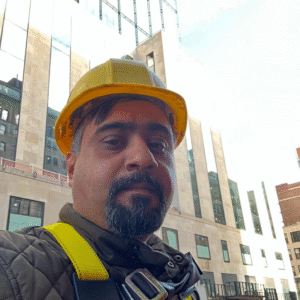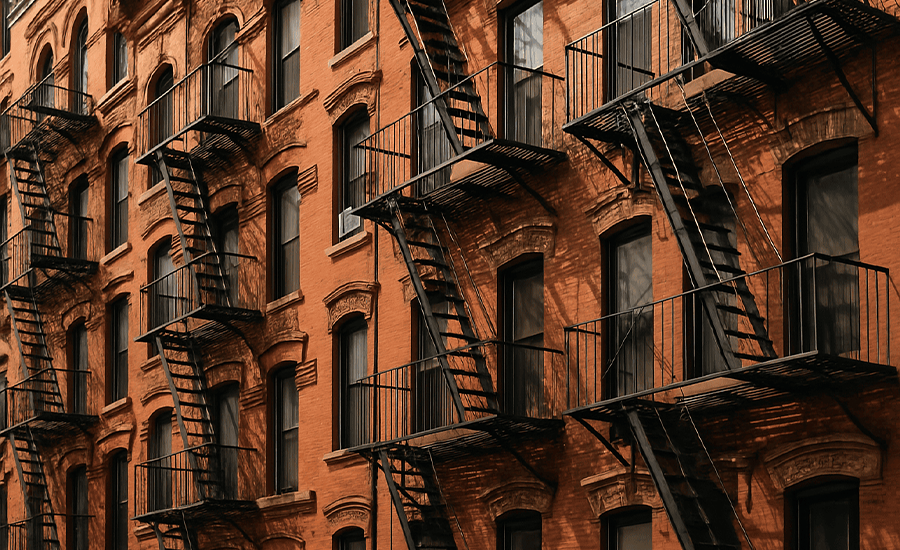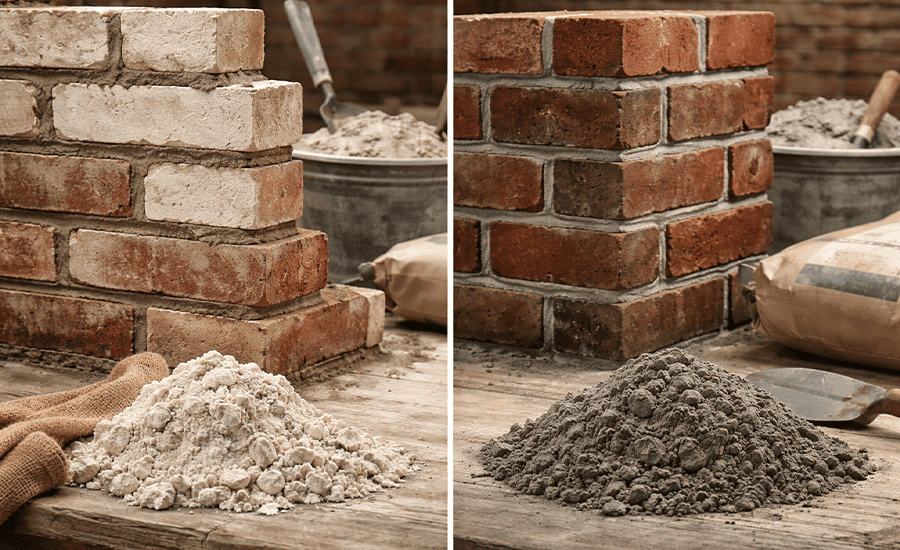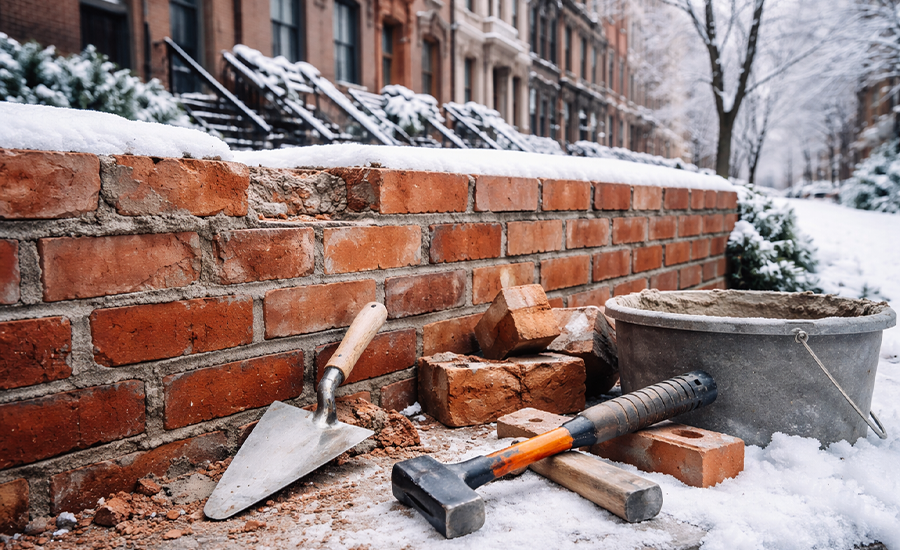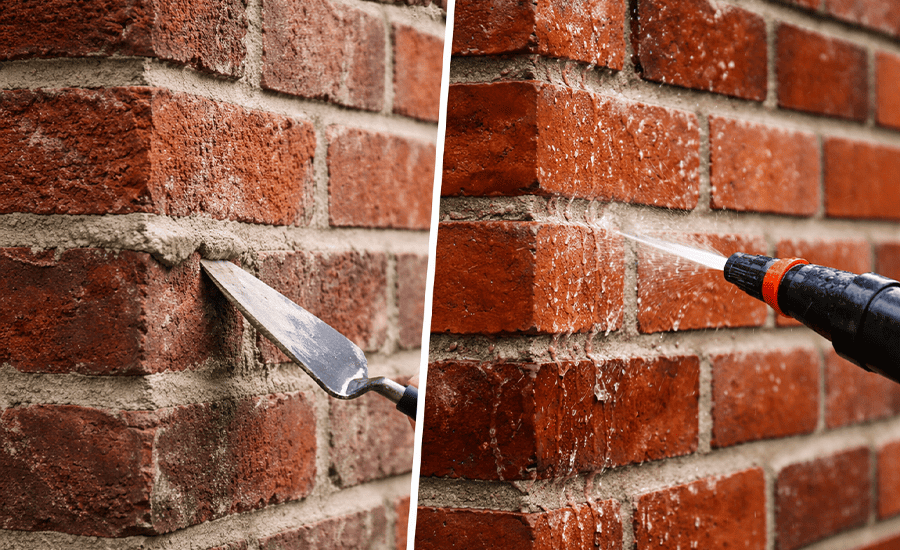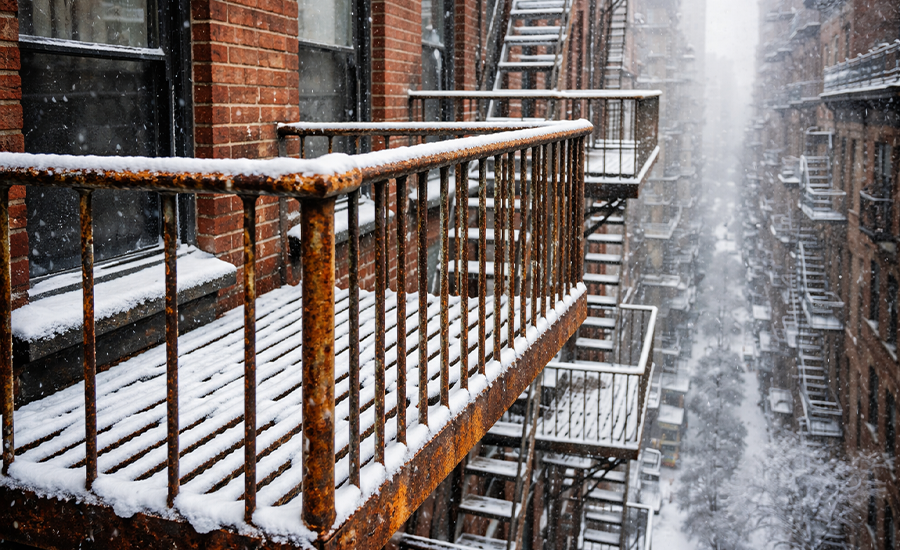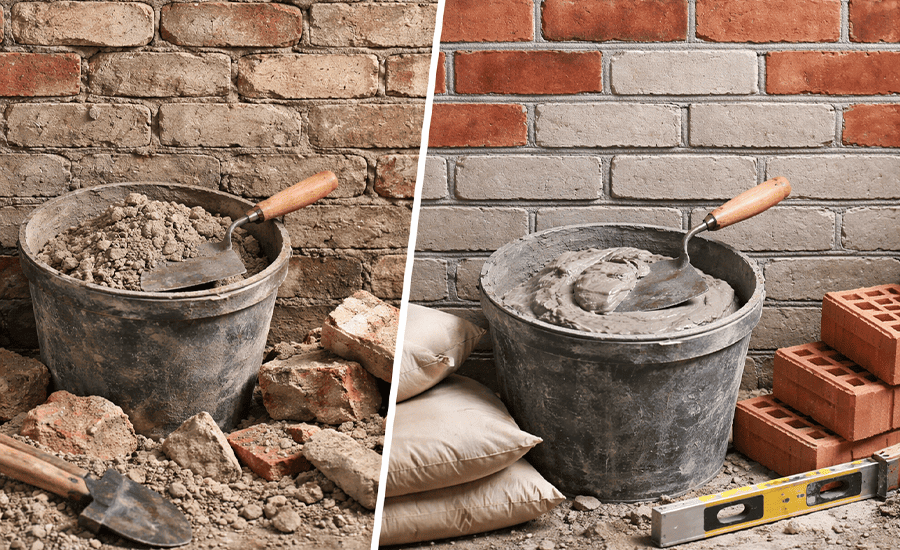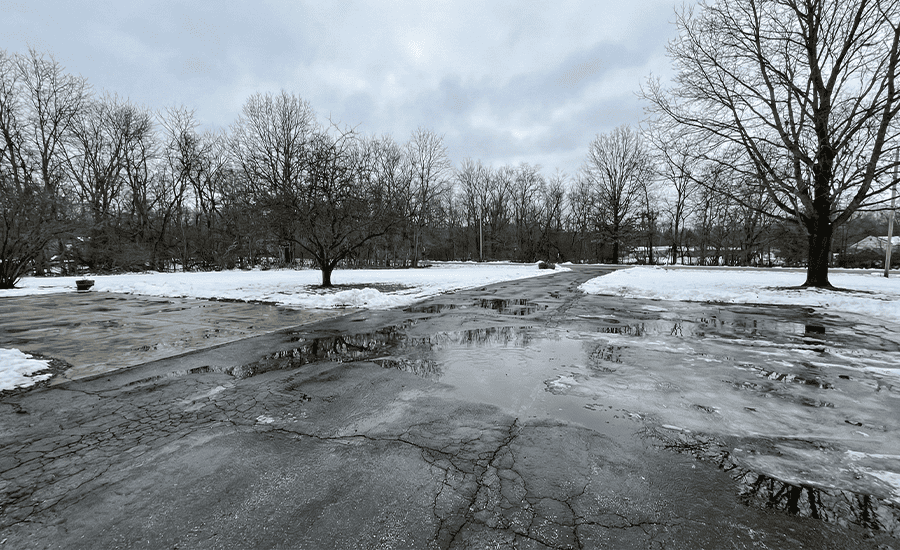NYC is famous for its historical and modern architecture in residential and commercial properties. Every property has a fire escape in NYC to make a safe and secure exit in the time of an emergency or for the evacuation of heavy weights. Fire escapes are made for life-safety in compliance with regulatory authorities like DOB, LOCAL LAW 11, OSHA, AND FDNY. Understanding the fire escape types, inspections, laws, and safety guides of NYC is necessary. Fire escapes are not only for safety purposes, but they also revive the architectural beauty and commercial value of your property. It is reported that fire escapes should be adequately maintained to prevent violations and hefty fines. Maintenance is essential to reduce the risk of weakened welding, corrosion issues, and other structural issues. Annually, inspections are mandatory in order to check the need for repairs and replacements. Homeowners must hire a professional contractor who can seamlessly handle all the documentation and paperwork while closely working with the officials for reports and approvals, ensuring that your inspections are passed in one go.
In this blog, we’ll thoroughly discuss fire escape and its further types, and how NYC’s environmental conditions affect the fire escape.
Types of Fire Escapes in NYC
There are several types of fire escapes applicable in NYC’s properties, some of which are given below:
| Types of Fire Escape | Description |
|---|---|
| Vertical ladder fire escape | It is the wrought-iron fire escapes with attached stairwells. |
| Outdoor fire escape | It is the fire escape mostly found outside or exterior of the home. |
| Collapsible fire escape | It is the fire escape with a slide & chute mechanism. |
| Enclosed stair exit | These fire escapes are located inside and are of zig-zag shape. |
| Shared fire escape | It is the one fire escape formed by joining two boundary walls. |
Fire Escape Installation Workflow
Here is the step-by-step process of fire escape installation:
Structural Planning
A licensed & professional contractor made structural drawings.
Compliance Approval
DOB approvals are mandatory for every type of fire escape, but if the property is historic or landmarked, then LPC is required.
Construction
Construction begins with a strong steel framework that is rust-proof and galvanized.
Connection Points
Make sure to install anchors, bolts, and supports that are up to code.
Audit
Make sure to check the Structural adequacy before sign-off.
NYC Regulations & Structural Guidelines
NYC has its own rules and regulations when it comes to structural composition. Let’s have a look at some of the structural guidelines:
| Code | Prerequisite |
|---|---|
| Local law 11 | Facades over 6+ stories should be authorized by local law 11 and be inspected every 5 years. |
| NYC safety standards | Asks for a life-safety exit pathway & mandated upkeep. |
| 5-year compliance exam | Inspections & structural examinations required. |
| Heritage structures | Permits needed for historical preservation & restoration. |
| Housing standard regulation | Outlaws encumbrances & non-compliant changes. |
Typical Code Breaches
Fire escapes in NYC must always remain compliant with safety standards, but there are some common violations that building owners often face. Below are the typical code breaches that can put your property at risk of penalties and safety hazards:
Blocked Exit
When the gate is locked & keys are instantly required.
Rust & Decay
When the steel framework is rusted and the bolts & anchors are loose.
Non-Working System
When hinges & fire escapes are damaged or in poor condition.
Unapproved Modification
When any of the modification occurs without permits from LPC or DOB.
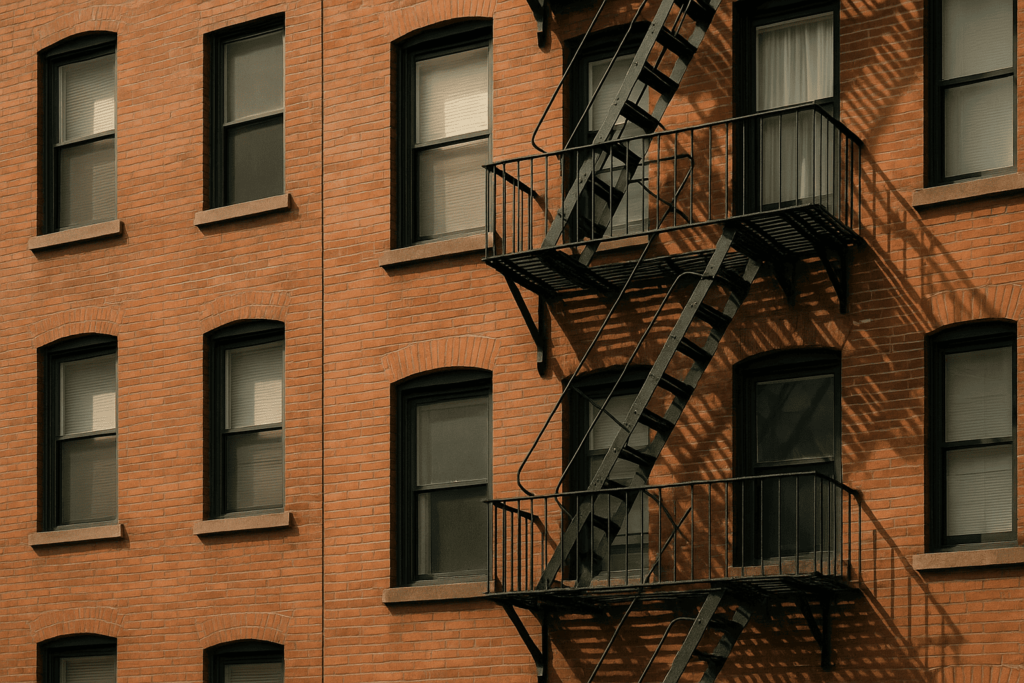
Upkeep Guide For Homeowners
To keep your fire escape safe and code-compliant, homeowners should follow these essential maintenance steps:
- Inspect fire escapes visually at least once a year.
- Schedule a professional structural inspection every 5 years.
- Keep all platforms, ladders, and stairs clear of storage.
- Lubricate hinges, release mechanisms, and drop ladders.
- Repaint/galvanize to protect against rust.
- Replace deteriorated treads, anchors, and bolts immediately.
- Confirm gates are FDNY-approved and open without keys.
- Maintain inspection and repair records (for DOB & FISP compliance).
Tenant Safety Best Practices
Tenants also play a vital role in ensuring fire escapes remain accessible and ready for emergencies. Here are some best practices to follow:
- Make sure all the doors leading to the fire escape are clear.
- Don’t store your household items or furniture there.
- You must know how to instantly open the windows in an Emergency to release the ladder.
- Make sure your fire escape is 24/7 functional and can be opened without keys.
- At the time of an emergency, make sure to check if the fire escape is operational and safe to exit.
Weather Challenges For Fire Escapes In NYC
Here are some of the challenges that fire escapes have to face due to fluctuating weather and environmental factors in NYC.
| Weather stress | How is fire escape impacted? | What to do? |
|---|---|---|
| Winter hazards | Makes the fire escape slippery | Use friction-enhancing finishes and expedite the snow removal. |
| Dampness issues | Causes corrosion | Use rust-proof sealants. |
| Heat-stress on metals | Metals may face challenges like expansion, which loosens the joints | Perform yearly inspections to maintain the structural soundness. |
| Salt corrosion | Leads to rusting due to salt-laden air | Apply weatherproof protective layers & metal shield paints. |
Compliance Across NYC’s Fire Escape
In NYC, the following boroughs have different fire escape installation regulations that comply with safety codes and legal authorities.
- Manhattan: In this borough, most of the buildings require approvals for repairs and replacements.
- Brooklyn: Older brownstones have worn out, which need reinforcement.
- Queens: Both residential and commercial properties call for DOB inspections.
- Bronx: Duplex buildings require load-bearing requirements.
- Westchester: Coastal weather makes corrosion control a top priority.
Architectural Styles of NYC Fire Escapes
Fire escapes in NYC have their own symbolic architectural styles & aesthetics:
- Vintage Appeal: Wrought-iron fire escapes are preserved as part of NYC’s architectural identity.
- Contemporary Designs: Slimmer, powder-coated designs blend safety with aesthetics.
- Iconic Buildings: Any alteration must be approved by the Landmarks Preservation Commission.
- Art Deco Integration: Modern designs like geometric railings, stepped patterns, and symmetry.
Cost of Fire Escape Installation
Here is the cost of fire escape installation, which totally depends on the materials used in the fire escape and its regulatory requirements:
- Small-Scale Buildings (2–3 stories): $15,000 – $25,000
- Mid-tier Apartment Buildings (4–6 stories): $25,000 – $50,000
- Landmark Properties & Traditional Edifices: $50,000 – $100,000+ (due to custom design and landmark approvals)
Fire Escape Requirements in NYC
To ensure safety and compliance, NYC has established strict requirements for fire escapes. Property owners must follow these key rules:
- NYC Local Safety Code: All fire escapes must be constructed of metal, with platforms, ladders, and railings securely anchored.
- Ease of access: Fire escapes must connect to every required floor with unobstructed access from windows or doors.
- Weight Tolerance: Must withstand minimum loads.
- Servicing: Owners are legally required to have fire escapes inspected every 5 years by a licensed professional engineer.
- Preserved Architecture: Installation and repairs require LPC approval to preserve architectural integrity.
Myths Vs. Facts About Fire Escape
Let’s discuss some myths and turn them into reality:
Myth 1: Fire escapes can be used as balconies.
Fact: They are used only for emergency purposes and can not be used daily.
Myth 2: All fire escapes are safe if they look sturdy.
Fact: In most of the fire escapes, there is hidden rust that weakens the structure, leading to structural disability.
Myth 3: Modern buildings don’t need fire escapes.
Fact: Nowadays, modern buildings have interior fire escapes, but older buildings should have external fire escapes.
Fire Escape Inspection & Approvals
Here are some points that should be noted when NYC building owners perform fire escape inspections:
- Make sure the fire escape is reinforced, safely connected, and oxidation-free.
- All access points are unobstructed and fully operable.
- Inspections are done every 5 years in compliance with façade safety standards.
- The violations are resolved on the spot to avoid fines.
- Repair the damage promptly.
Fire Escapes in Movies & Pop Culture
From movies to sitcoms and pop culture, fire escape or staircases play an integral role as they symbolize the fire escape in exquisite ways:
- Romance: Characters whispering across the rails.
- Drama: Daring chases or escapes.
- Community: Neighbors chatting on summer nights.
Fire Escape Liability & Legal Disputes
Fire escape installation always comes up with legal affirmations and adherence to NYC safety rules & regulations.
- Owner Obligations: Landlords must maintain them; tenants must not obstruct them.
- Regulatory Risks: Injuries from faulty fire escapes can lead to lawsuits, DOB fines, and even criminal negligence charges.
- Trespassing Issues: Installing permanent locks or enclosing escapes violates NYC codes.
- Fixed Right Away: Make sure to mend the damages without postponement to reduce the risk of liability.
Rescue Operations & Safety Protocols of Fire Escape
In emergencies, fire escapes are crucial for evacuation and FDNY access. However:
- They may not always be the safest route if flames or smoke block access.
- Firefighters sometimes use them for entry to upper floors.
- Tenants should always follow FDNY evacuation plans and never re-enter a burning building.
- Your windows and doors must be accessible through a fire escape for ventilation and to get rid of smoke.
- Make sure to call firefighters asap.
- Don’t overcrowd the fire escape, as it increases the risk of collapsing.
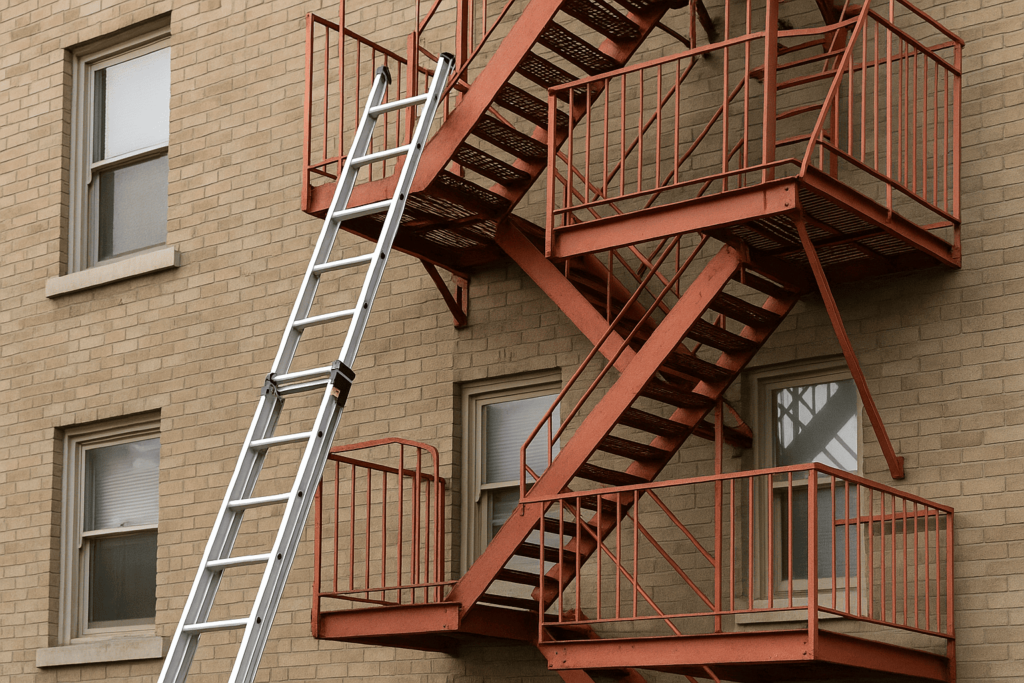
The Future Of Fire Escape Systems
In the future, we believe that advancement will be more, and the future of fire escape will be smart and efficient:
- Corrosion-resistant Materials: Fire escape will have a longer service life, will require less maintenance, and will be a hassle-free process.
- Digital Safety Tracking: Metal detection devices will be launched, which will determine the stress.
- Drone-based Compliance Check: Drones will be released for safe and fast assessments.
- High-Tech Evacuation Routes: Rescue bridges linking the rooftops will be constructed.
- Access Regulation: Smart locks will be installed for security that doesn’t block emergency routes.
Repairs & Modern Alternatives
Let’s have a look at some of the modern repairs and alternatives to the slight and severe damage of the fire escape:
| Alternatives | Upon use |
|---|---|
| Patch & secure | When fire escapes are damaged, repainting or bolt replacement can fix them. |
| Upgrade to modern stairs | When fire escapes are badly designed, code improvements are required. |
| Interior evacuation stair | When exterior ladders are avoided, interior ladders must be used. |
| Historic preservation | When a landmark requires LPC & Safety compliance. |
Conclusion
In conclusion, implementing the above rules and regulations can help you understand the types, installation, laws, and safety guides of fire escapes, ensuring that your residential and commercial properties are safe and up to code. Not only are fire escapes used for safety purposes, but they also enhance the significance of your contemporary and historic property.
Sardar Restoration Corp proudly serves every corner of NYC, including the Bronx, Manhattan, Brooklyn, Westchester, and Queens. Our services are designed to meet your specific needs, providing top-quality solutions wherever you are. Check our service areas to see how we can assist you in your location.
Contact us today at (+1) 917-355-8556 or sardarrestoration@gmail.com, or visit us at 2770 Fish Ave, Bronx, NY 10469, United States.
FAQs
Do you install new fire escapes in NYC?
Yes! Sardar Restoration Corp. skillfully installs new fire escape while adhering to DOB codes & Local Law 11, and we also follow LPC (Landmarks) guidelines.
Do you handle painting and rust protection?
Yes! Sardar Restoration Corp. applies high-quality rust-resistant & breathable sealants that protect your fire escape from rusting and increase its lifespan.
Do you provide emergency fire escape repairs?
Yes! Sardar Restoration Corp. provides emergency fire escape repair services by promptly addressing violations and restoring compliance.
Do you handle filing and permits with DOB or LPC?
Yes! Sardar Restoration Corp. expertly handles all paperwork and documentation by closely working with legal authorities to save your property from violations and hefty fines.
Do you offer prompt security rescue operations?
Yes! Sardar Restoration Corp. offers prompt security rescue operations by collaborating with official authorities and taking legal actions, recommending homeowners to call the firefighters asap.
Do you work in all boroughs of NYC to get your property compliant?
Yes! Sardar Restoration Corp. effortlessly works in all boroughs of NYC, including the Bronx, Queens, Manhattan, Brooklyn, and Westchester, ensuring that your property is compliant.
Do you offer fire escape installation in every season?
Yes! Sardar Restoration Corp. offers fire escape installation service in every season, with maintenance tips, ensuring that your fire escape is in good condition.
How often do fire escapes need to be painted in NYC?
Fire escapes in NYC should be repainted or galvanized every few years to prevent rust and corrosion. Regular painting ensures longer life and compliance with DOB standards.
Do landlords or tenants maintain the fire escape in NYC?
In NYC, the landlord is legally responsible for maintaining fire escapes, but tenants must keep them clear of storage and obstructions at all times.
Can I renovate or modify my fire escape without permits?
No. Any modification, repair, or replacement requires approvals from the DOB, and if the building is landmarked, LPC approval is also mandatory.
What happens if my building fails a fire escape inspection?
If a fire escape fails inspection, the DOB can issue violations, fines, and even legal action until repairs are completed by a licensed contractor.

